Many reptile enthusiasts dream of creating a space that perfectly mimics their slithering friends’ natural habitats. A home snake sanctuary goes beyond basic husbandry, transforming your living space into a carefully designed environment where captive snakes can thrive. Whether you’re a seasoned herpetologist or a beginner considering your first snake, creating a proper sanctuary requires knowledge, preparation, and dedication. This comprehensive guide will walk you through everything you need to know about establishing a safe, enriching snake sanctuary in your home that benefits both you and your scaled companions.
Understanding Snake Needs and Natural Habitats

Before designing any snake sanctuary, it’s essential to understand the specific needs of the species you plan to keep. Snakes have evolved to thrive in particular environments, from arid deserts to humid rainforests, and their captive habitats should reflect these adaptations. Research your chosen species thoroughly, noting their temperature preferences, humidity requirements, behavioral patterns, and natural terrain. For instance, ball pythons originate from grassy savannas and require moderate humidity with warm basking areas, while corn snakes hail from the southeastern United States and prefer a drier environment with plenty of hiding spots. Understanding these basic requirements will form the foundation of your sanctuary design and ensure your snakes remain healthy and exhibit natural behaviors. Remember that mimicking natural habitats isn’t just aesthetically pleasing—it’s crucial for your snake’s physical and psychological well-being.
Selecting the Right Location
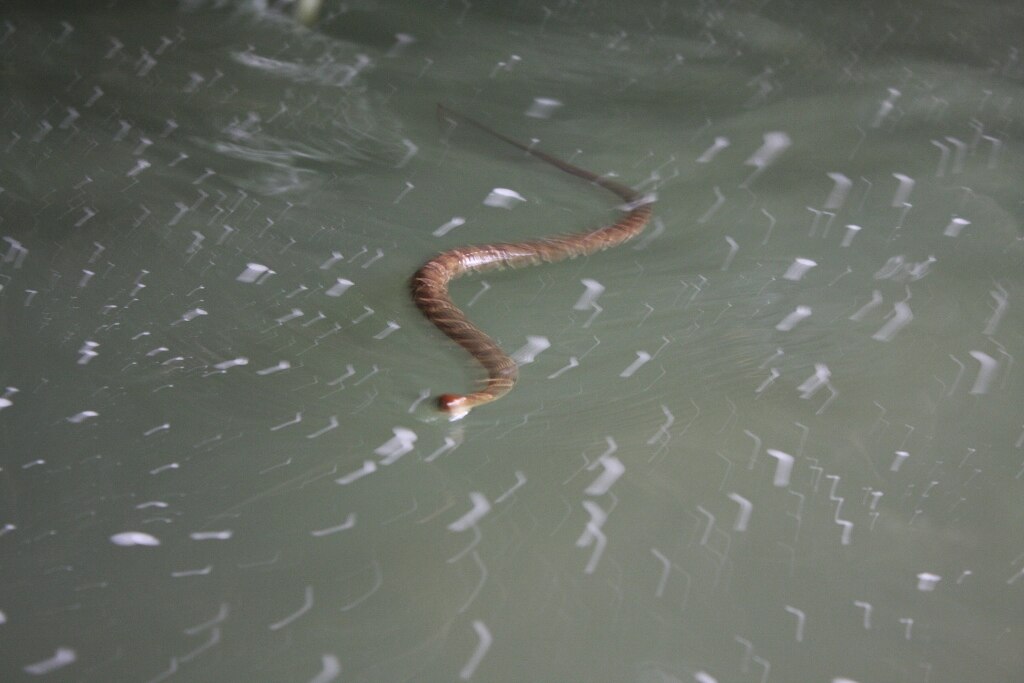
The location of your snake sanctuary within your home is a critical decision that affects both your snakes’ health and your living situation. Choose a room or area that maintains relatively stable temperatures, away from drafts, direct sunlight, and high-traffic areas that might stress your reptiles. Basements can work well due to their temperature stability, but ensure they’re not too damp or cold. Dedicated spare rooms offer excellent control over environment and security. Avoid placing enclosures near windows where temperature fluctuations occur or in kitchens where cooking fumes could be harmful. The ideal location should also have electrical outlets for heating and lighting equipment, and be easily accessible for daily maintenance. Consider sound levels too—many snakes are sensitive to vibrations and loud noises, so keeping them away from entertainment systems and household appliances is advisable.
Choosing the Appropriate Enclosures
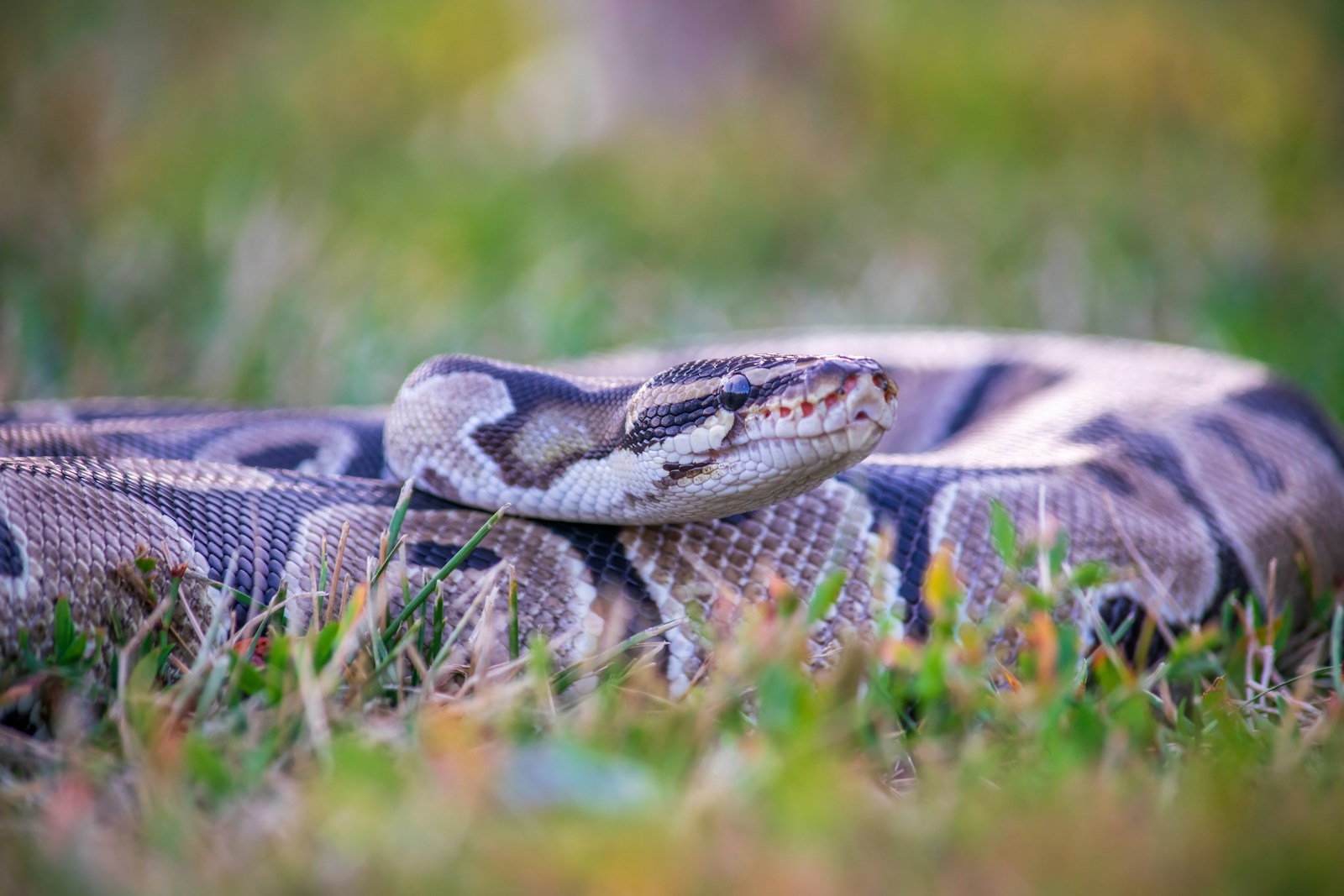
Selecting the right enclosures forms the cornerstone of your snake sanctuary. Glass terrariums, PVC enclosures, and custom-built wooden vivariums each offer different benefits depending on your snake species and budget. Glass tanks provide excellent visibility but struggle with heat retention and can cause stress for snakes that don’t understand transparent barriers. PVC enclosures offer better insulation and security while being lightweight and durable. Custom wooden vivariums can be built to exact specifications and often look more attractive in home settings. Regardless of material, ensure enclosures are appropriately sized—most adult snakes require a length at least equal to their body length, with adequate width for turning comfortably. Security is paramount; all enclosures must have escape-proof lids or doors, as even small gaps can be exploited by determined snakes. For larger collections, rack systems can maximize space efficiency while still providing appropriate living conditions for each individual.
Creating Proper Temperature Gradients
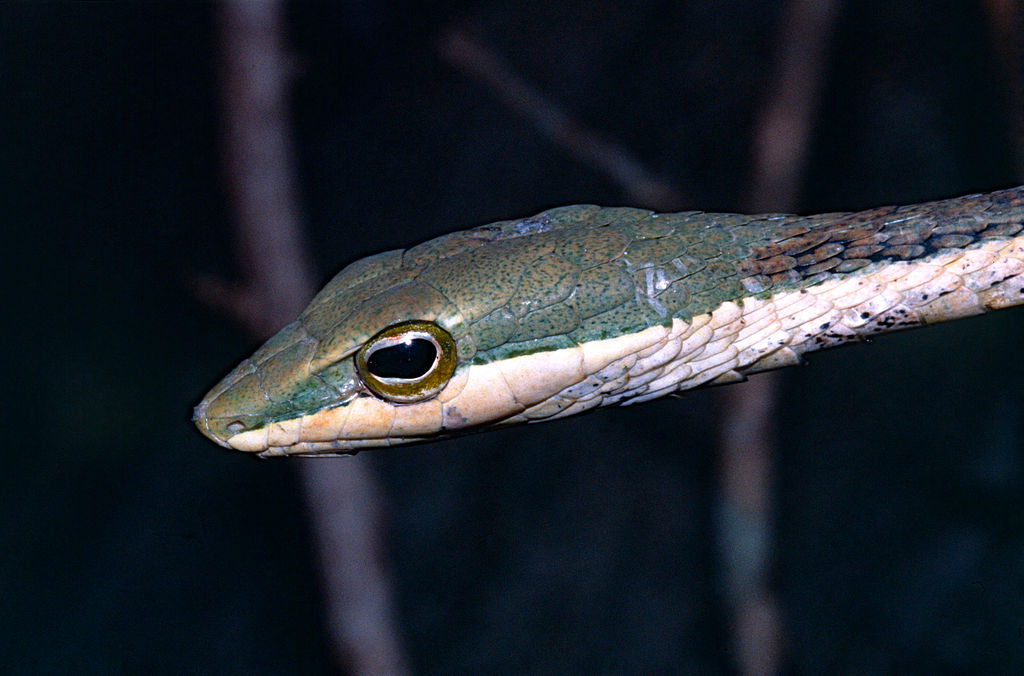
Temperature management is perhaps the most crucial aspect of snake husbandry, as these ectothermic animals rely entirely on external heat sources to regulate their bodily functions. Every enclosure in your sanctuary must feature a proper temperature gradient, allowing snakes to thermoregulate by moving between warmer and cooler areas. The warm side should contain a primary heat source—usually an under-tank heater, ceramic heat emitter, or radiant heat panel—regulated by a reliable thermostat to prevent dangerous overheating. The cool side should remain several degrees lower, creating a range that mimics daily temperature fluctuations in natural habitats. Measure temperatures at several points throughout the enclosure using digital thermometers with probe sensors. Many species also benefit from a dedicated basking spot that reaches slightly higher temperatures for digestion. Never use heat rocks, which can cause severe burns, and always protect heat sources with appropriate guards to prevent direct contact.
Managing Humidity and Ventilation
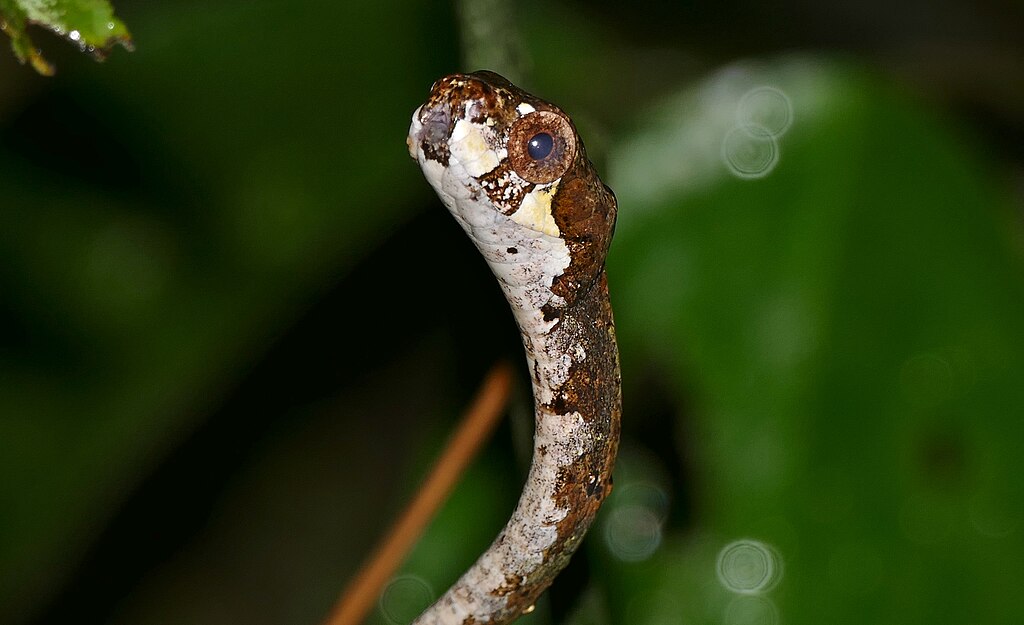
Balanced humidity is essential for snake health, influencing everything from successful shedding to respiratory function. Different species require vastly different humidity levels—tropical species like rainbow boas may need 70-80% humidity, while desert-dwelling species like sand boas thrive in much drier conditions around 30-40%. Incorporate appropriate humidity management tools into your sanctuary, such as automatic misting systems for high-humidity species or more ventilation for desert dwellers. Measure humidity accurately using hygrometers placed at snake level rather than at the top of enclosures. Create microclimate areas within enclosures by adding humid hides—enclosed spaces with moisture-retaining substrate where snakes can retreat when needing higher humidity, particularly during shedding cycles. Proper ventilation prevents stagnant air and mold growth while helping maintain appropriate humidity levels. For large collections, consider a dedicated HVAC system or humidifiers/dehumidifiers to maintain optimal room conditions that support enclosure environments.
Selecting and Arranging Appropriate Substrate
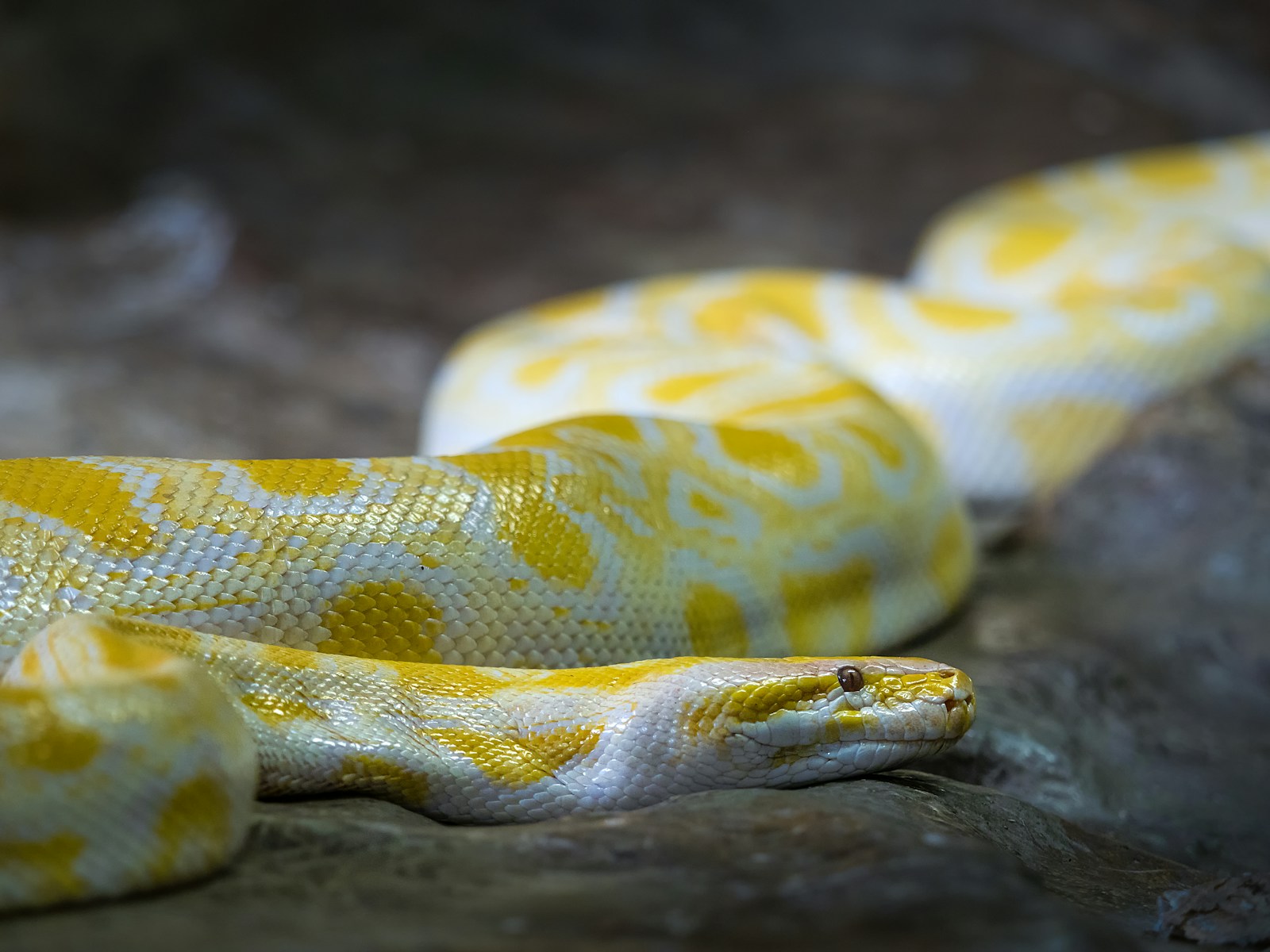
Substrate selection significantly impacts both the function and appearance of your snake sanctuary. Choose substrates that support your snake’s natural behaviors while managing moisture appropriately for their species. Cypress mulch, coconut husk products, aspen shavings, and bioactive soil mixes each serve different purposes and suit different snake species. Forest-dwelling species benefit from moisture-retaining substrates that can be misted, while desert species need drier options that won’t raise humidity too high. Substrate depth matters too—burrowing species like sand boas require several inches of appropriate substrate to express natural behaviors. Avoid cedar and pine shavings, which contain harmful oils that can cause respiratory issues. For a naturalistic appearance and improved enclosure function, consider layering different substrates—a drainage layer of lightweight expanded clay pellets, covered by soil mix, topped with leaf litter creates both functionality and visual appeal. In a comprehensive sanctuary, you might use different substrate formulations for various species based on their specific needs.
Designing Enrichment Features and Hides
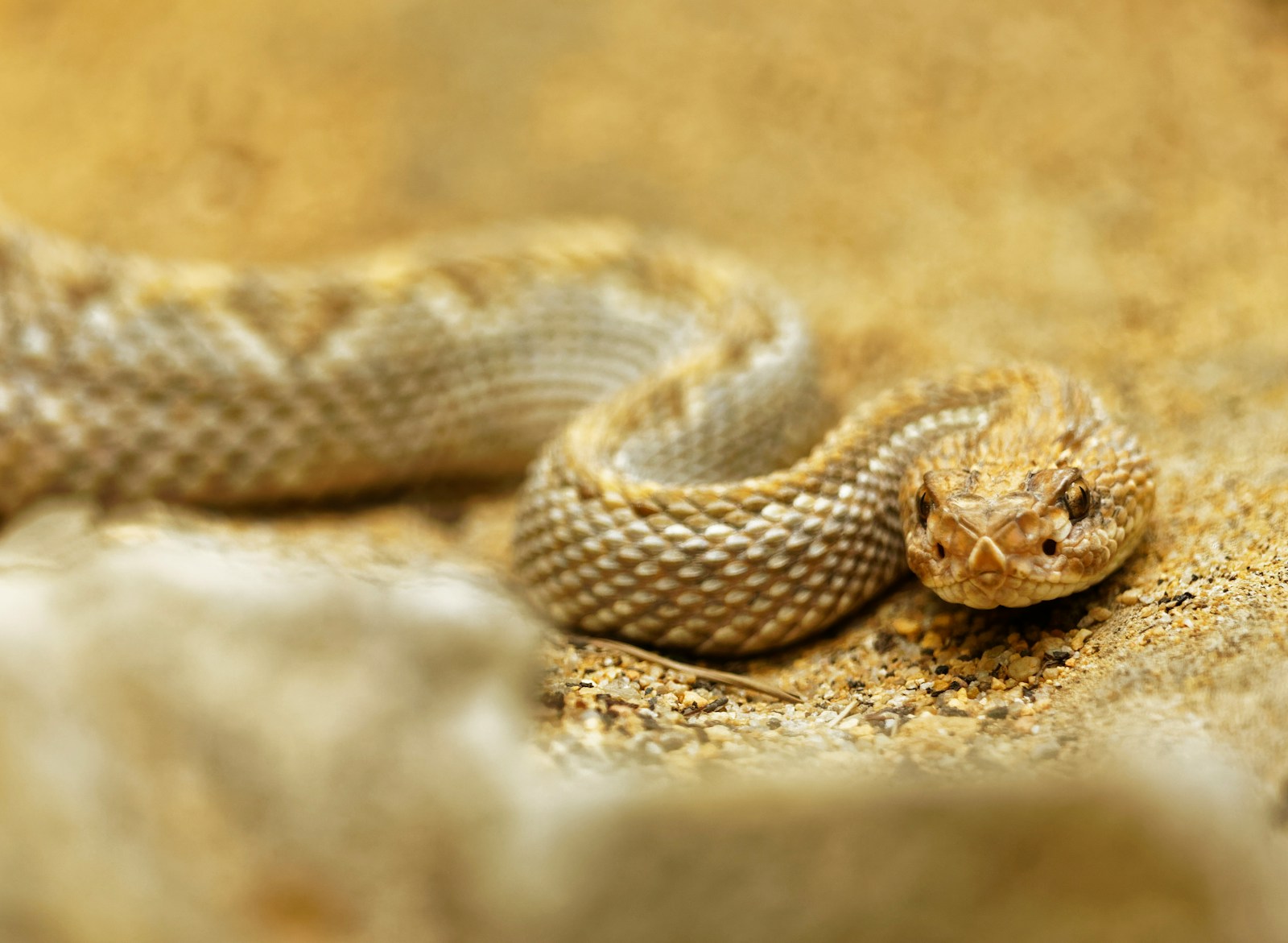
Environmental enrichment transforms basic enclosures into engaging sanctuaries that promote natural behaviors and psychological well-being. Every snake enclosure should include multiple secure hides—at minimum, one on the warm side and one on the cool side—allowing the snake to thermoregulate while feeling secure. Cork rounds, hollow logs, commercially made reptile caves, and custom-built structures all make excellent hiding spots. Climbing branches and sturdy plants provide environmental complexity for semi-arboreal species like rat snakes, while rock formations create basking opportunities and terrain variation. Water features can add humidity and drinking opportunities, though they must be designed to prevent drowning and substrate saturation. When arranging these elements, create clear pathways that allow your snake to navigate between temperature zones while providing enough open space for stretching out fully. Consider seasonal adjustments to enrichment items to prevent habituation and maintain engagement, rotating different climbing structures or rearranging elements occasionally to provide novel experiences.
Lighting Requirements and Cycles

While snakes don’t have the same UVB requirements as many lizards, proper lighting still plays a vital role in your sanctuary. Establish consistent day/night cycles that mimic natural light patterns, typically 12-14 hours of light in summer months and 10-12 hours in winter months. For viewing and plant growth, full-spectrum LED lighting provides energy-efficient illumination without excessive heat output. Some evidence suggests that limited UVB exposure benefits even nocturnal snake species, potentially aiding in vitamin D synthesis and overall health—consider low-output UVB fixtures, especially for species that bask in dappled sunlight in the wild. Avoid colored bulbs marketed as “night lights,” as these can disrupt natural circadian rhythms; instead, use infrared heat sources or ceramic heat emitters for nighttime heat that won’t emit visible light. Automate your lighting schedule with quality timers to ensure consistency even when you’re away from home. In a comprehensive sanctuary, consider programmable lighting systems that can gradually increase and decrease in intensity to simulate dawn and dusk transitions.
Water and Hydration Systems

Access to clean water is non-negotiable in any snake sanctuary, serving for both drinking and contributing to ambient humidity. Provide appropriately sized water dishes—large enough for the snake to soak in if desired but not so deep as to pose a drowning risk. Heavy ceramic dishes prevent tipping and water spillage, while their porosity helps maintain higher local humidity. For larger collections, consider automated watering systems with filters and easy drainage options to simplify maintenance. Some keepers incorporate small recirculating water features for larger enclosures, though these require careful design to prevent escape opportunities or substrate saturation. Change water at least 2-3 times weekly, more frequently if soiled, and sanitize dishes regularly to prevent bacterial growth. For species from extremely arid environments that rarely encounter standing water, regular misting may be their preferred hydration method, allowing them to drink droplets from surfaces as they would morning dew in nature.
Establishing a Feeding Station and Schedule
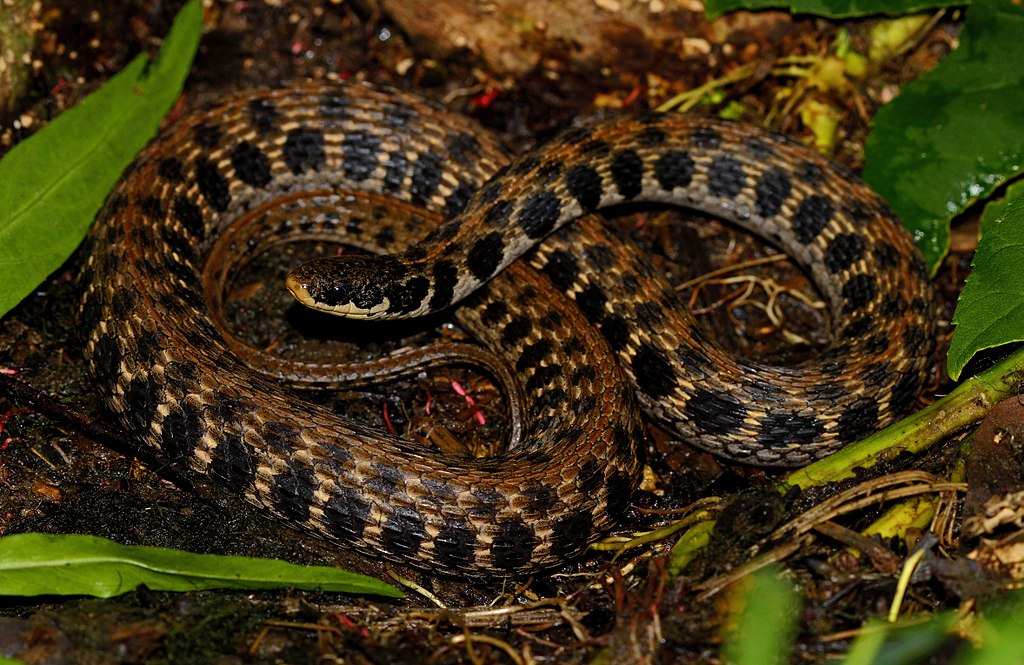
Dedicated feeding areas and consistent feeding protocols are essential components of a well-designed snake sanctuary. Consider creating a separate feeding space outside the main enclosure for some species, which prevents substrate ingestion and can reduce feeding-response bites during regular maintenance. Establish and document regular feeding schedules based on your snake’s age, size, and species—juvenile snakes typically require more frequent meals than adults. Maintain detailed feeding records tracking prey size, acceptance, and post-feeding behavior to monitor health trends over time. Create a dedicated feeding preparation area with proper tools including tongs, separate thawing containers for frozen prey, and temperature monitoring equipment to ensure prey items reach appropriate temperatures before offering. For larger collections, consider a separate freezer dedicated to prey storage, organizing items by size and type for efficiency. Remember that seasonal adjustments to feeding schedules may benefit breeding collections, with reduced frequency during winter months mimicking natural brumation patterns.
Health Monitoring and Quarantine Facilities
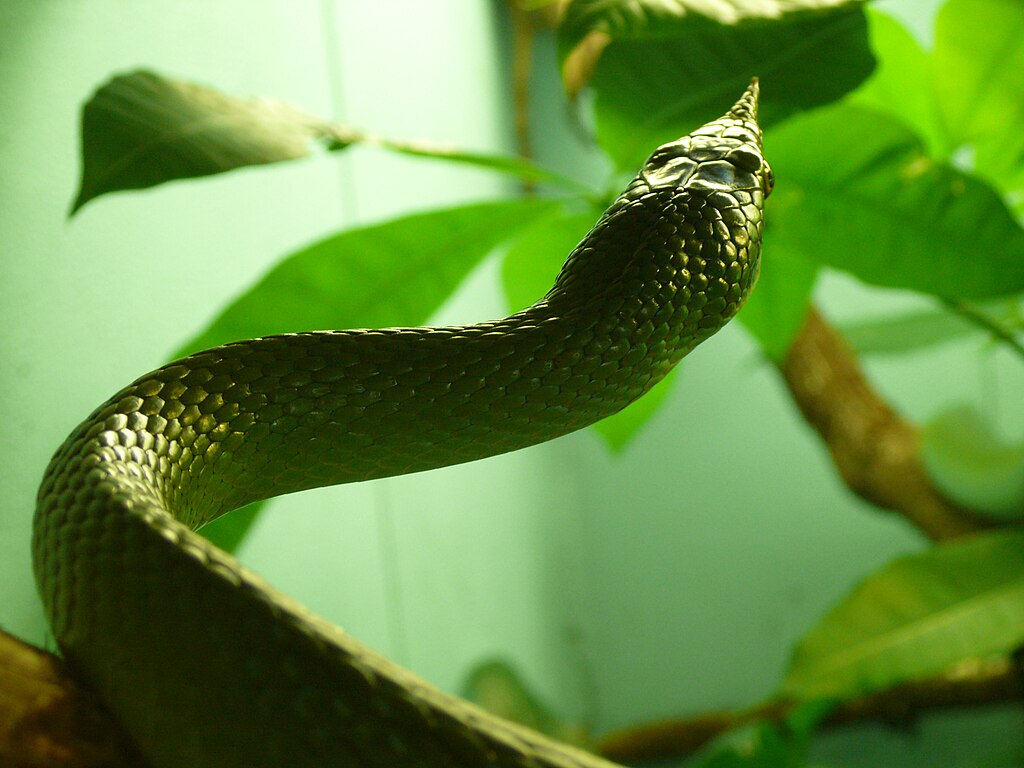
A complete snake sanctuary includes provisions for health monitoring and quarantine procedures to protect your collection. Designate a separate quarantine area for new acquisitions, keeping them isolated for at least 30-60 days while monitoring for signs of illness before introduction to your main sanctuary. This quarantine space should maintain the same environmental standards as your main enclosures but use simplified, easily sanitized furnishings to facilitate observation and cleaning. Equip your sanctuary with basic health assessment tools including a digital scale for regular weighing, proper lighting for physical examinations, and a record-keeping system to track weight trends, shedding frequency, and behavioral changes. Develop relationships with experienced reptile veterinarians before emergencies arise, keeping their contact information readily available. Create a first-aid kit with reptile-safe disinfectants, betadine solution, sterile saline, and appropriate tools for minor wound treatment. Regular health checks should become part of your maintenance routine, with each snake receiving a brief visual examination during every enclosure cleaning.
Maintenance Routines and Cleaning Protocols
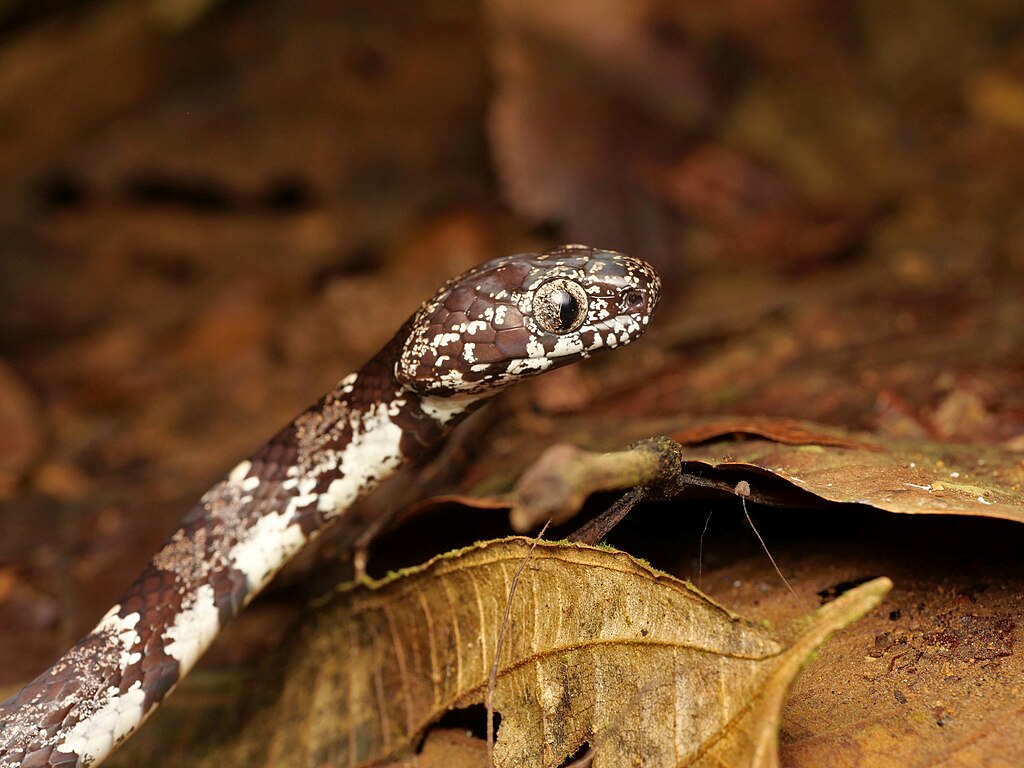
Consistent maintenance is the foundation of a thriving snake sanctuary, requiring systematic approaches to cleaning and upkeep. Develop a comprehensive cleaning schedule that includes daily spot-cleaning of waste and soiled substrate, weekly water dish sanitization, and monthly deep-cleaning of enclosures. Use reptile-safe disinfectants like chlorhexidine or F10SC, avoiding phenol-based products which can be toxic to reptiles. Maintain separate cleaning tools for each enclosure to prevent potential cross-contamination, especially important when housing multiple species. Establish quarantine procedures for sick animals, using disposable gloves and handling them last during maintenance rounds. Document all maintenance activities in a logbook, noting any irregularities in waste production, behavior, or enclosure conditions that might indicate health concerns. For bioactive setups, maintenance shifts toward ecosystem management—monitoring plant health, cleanup crew populations, and soil condition rather than complete substrate changes. Create maintenance stations with all necessary supplies organized and readily accessible to streamline the process and ensure no steps are missed.
Safety Considerations for Your Home and Family

Creating a snake sanctuary within a family home requires thoughtful safety measures that protect both your reptiles and the humans sharing the space. Secure all enclosures with locks or childproof latches if children or pets have access to the sanctuary area, preventing both unwanted handling and potential escapes. Install door sweeps and check window screens in reptile rooms to prevent escapees from accessing other parts of your home or the outdoors. For collections including venomous species (where legally permitted), implement additional security measures including double-door entry systems, locked enclosures requiring specialized tools to open, and bite protocols posted visibly with emergency contact information. Consider installing security cameras to monitor your sanctuary when you’re away, providing peace of mind and allowing remote observation of animal behavior. Educate all household members about proper hygiene after handling reptiles or maintenance items, emphasizing handwashing to prevent potential salmonella exposure. Create clear written protocols for emergency situations including power outages, extreme weather events, or evacuations, ensuring anyone caring for your collection in your absence understands proper procedures.
Legal Considerations and Ethics

Responsible snake keeping involves navigating legal requirements and ethical considerations that vary widely by location. Research and comply with all local, state, and federal regulations regarding reptile ownership, as many jurisdictions restrict certain species or require special permits. Some municipalities limit the number of animals you can keep without specialized licensing, while others prohibit certain constrictor species entirely. Join reptile organizations that promote responsible keeping and can provide updates on changing legislation that might affect your sanctuary. Consider the ethical implications of your collection’s source—captive-bred specimens are strongly preferred over wild-caught individuals, which often carry higher parasite loads, adapt poorly to captivity, and contribute to population depletion in natural habitats. Develop a long-term plan for your collection, including provisions for your animals should you become unable to care for them. This might include designated caretakers, relationships with rescue organizations, or detailed care instructions and financial provisions in your estate planning. Responsible sanctuary management also means limiting your collection to what you can properly maintain with available space, time, and resources.
Conclusion

Creating a home snake sanctuary represents both a commitment to exceptional animal husbandry and an opportunity to develop a deeper connection with these fascinating reptiles. By thoughtfully addressing each aspect of your sanctuary—from enclosure design and environmental management to maintenance routines and emergency protocols—you create a space where captive snakes can thrive physically and behaviorally. A well-designed sanctuary not only meets the biological needs of your serpentine companions but also provides an educational window into their natural history and behaviors. As you develop your sanctuary, continue expanding your knowledge through reputable sources, connecting with experienced keepers, and observing your own animals’ responses to their environment. The reward is a harmonious living collection that brings joy and wonder while upholding the highest standards of responsible reptile keeping.





